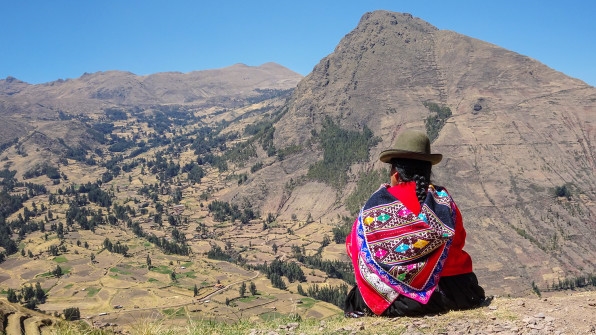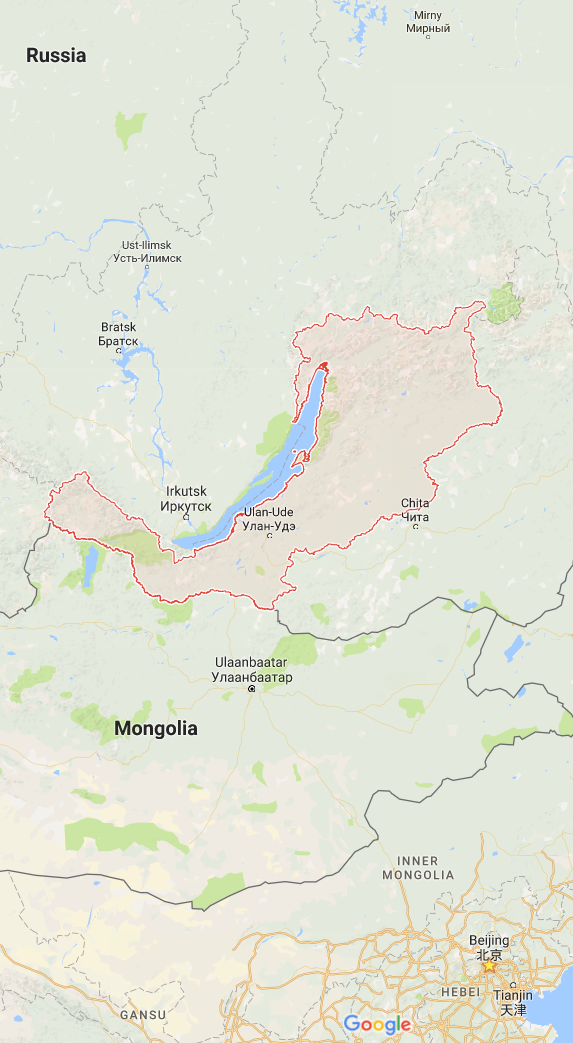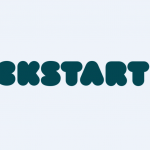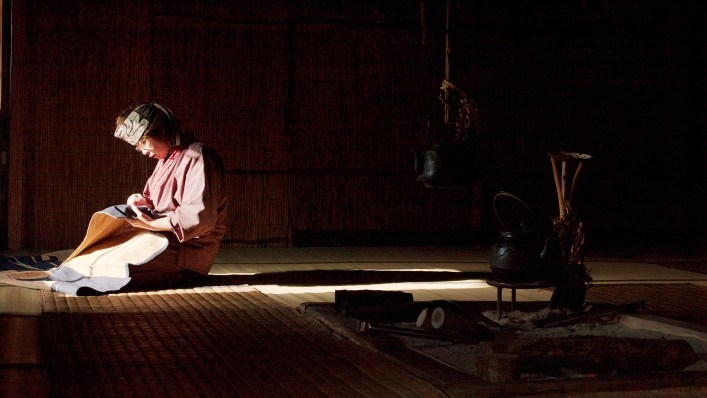The Startup Teaching Languages That Have Almost No Teachers
Inky Gibbens learns languages pretty easily and speaks four–English, Russian, Mandarin, and Mongolian–but was having trouble learning Buryat. It’s a language spoken mostly in Siberia, along the Russian and Mongolian border, and the native tongue of her maternal grandparents. She tried to learn but wasn’t able to find a teacher online.
Buryat is an endangered language, still spoken by 300,000 people, but dwindling ever since Russian became the dominant language in the republic of Buryatia. If she wanted to learn, she’d have to return to the region where she had visited as a child. She was working on her PhD in sociolinguistics at the time but as she learned more about Buryat and other endangered languages, she realized she wanted to do more.

“I wanted to do something more important with far more impact than writing a dissertation,” Gibbens says. “There were many other languages out there that awaited this fate.”
Last year, she started Tribalingual, a startup teaching online language classes. Tribalingual offers 4- and 10-week courses that cost between $170 and $520 and currently offers people a background in five languages: Ainu, an indigenous language now spoken on one island in Japan; Mongolian; Quechua, the language of the Incas; Gangte, a language spoken in a few dozen villages in northeast India; and Greko, a dialect of Greek spoken by less than 300 people in southern Italy. Tribalingual provides the coursework and a weekly Skype call.
Tribalingual received support from the University of Cambridge’s Centre for Social Innovation, gaining mentorship and office space but no financial support. Not that she needed much to jump-start her idea. Using WordPress to build the site, Gibben’s expenses were the domain name and paying for G Suite.
“I just wanted something to put out that was fast and easy and see if people were going to use it,” she says.
Gibbens reached out to her network made through working in ed-tech to find teachers. Some teachers are native speakers while other are academics with a deep knowledge of the language. Gibbens herself teaches Mongolian; while not an endangered language, she’s taught it for years. The coursework is geared toward being conversational, interacting with speakers, and learning the words needed to get around.
“Conjugating verbs is important, but what are you going to do with that when you are in a marketplace in Mongolia?” Gibbens said.
Eduardo Mainero has a trip planned to Mongolia where he plans to hang out with shamans and reindeer herders. He was looking to learn as much as he could before he went, but the obvious places to learn languages like Duolingo didn’t offer Mongolian. Googling brought him to Tribalingual.
Now eight weeks into the course, Mainero finds it a challenge, but an enjoyable one. Beyond phrases and words he will need for getting around, Gibbens helps him with cultural norms. “I know I’m not going to get lost,” he says. “It’s also survival skills.”
For example, Mainero is vegan. Mongolia is a meat and dairy dependent country, especially in the countryside where he plans to spend most of his time. So he’s learned how to say “Bi tsagaan xoolton, ogt mah iddegui” or “I am a vegan, I don’t eat meat at all.”
And to endear himself after having to explain his eating habits, Gibbens taught him “Maamuu nash ir” a children’s song that’s as popular as “Mary had a little lamb” in the U.S.
“It will make him a star with everyone in the countryside,” Gibbens says.

What’s At Stake
Kenneth Hale, a linguist who focused on endangered languages, once described losing a language as dropping a bomb on the Louvre.
According to the UNESCO Atlas of the World’s Languages in Danger, there are 2,464 endangered languages with five added in July. Out of those, 18 languages have only one speaker left. The Catalogue of Endangered Languages finds that on average 3.5 languages become extinct per year, which is better than the often cited one every two weeks. Still, preservationist linguists say the situation is dire. It’s unclear how many have been lost throughout human history, but researchers have calculated the numbers of extinct languages for areas like Europe and Asia Minor, where 75 languages are thought to have been lost, and the United States, where 115 have been lost since Columbus.
The UNESCO Atlas of the World’s Languages in Danger counts languages they consider “extinct” as when a language is “no longer the first tongue that infants learn in their homes, and that the last speaker who did learn the language in that way has passed on within the last five decades.”
Below, a preview for Tribalingual’s course in Gangte, a Sino-Tibetan language of Northeastern India. Activate subtitles in Hindi to see an English translation of the first part of the video.
UNESCO points out that it’s possible to revive extinct languages with effort and community buy-in. There have been cases where elders who learned as infants go on to teach grandchildren, skipping over a generation.
“There is a lot of hope for endangered languages,” says Anna Luisa Daigneault, the Development Officer & Latin America Projects Coordinator for Living Tongues Institute for Endangered Languages. Places like Hawaii and New Zealand are seeing a resurgence in indigenous languages. Since the Truth and Reconciliation Commission in Canada, many First Nation tribal languages have gotten a boost. For Daigneault, the effort is personal: Her family used to speak Quechua in Peru but stopped when they moved to Lima and then onto Canada. “It’s up to my generation to reclaim it,” she says.
Losing languages damages communities’ sense of itself. Language is tightly interwoven with culture; once the language is gone, part of that culture is gone, too. Preserving languages is also important for the world at large, as language evolved with us and contains a lot of our history and collective memory. “It’s a huge clue on how we evolved,” Daigneault says.

From the tongues on Tribalingual emerge an untold number of words and phrases that tell of the culture they come from. In Ainu, “irankarapte” is used as a way to say “hello” and translates to “let me touch your spirit.” Greko has 20 different adjectives to describe goats, like “kasbopò,” or a goat that has the hair of one color and the feet of another, as if it were wearing “kasbe,” or short traditional trousers.
The internet’s relationship with endangered languages is complicated. On one hand, it can help preserve and foster growth. Living Tongues have helped build 18 Talking Dictionaries, an interactive online tool that lets users hear audio recordings of words in a language, and even add to it. Indigenous Tweets tracks sites that tracks tweets in indigenous languages and is a resource for people who want to find others who are using their language online. The University of Adelaide offers a free MOOC called “Language Revival: Securing the Future of Endangered Languages.” And other preservational linguists are exploring digital technologies to assist in and spread their work.
But the internet, with its heavy English-centrism— is also putting pressure on endangered language speakers. When Daigneault is doing field work, her subjects often want to barter with her.
“They say ‘I’ll teach you my language if you teach me English,’” she says. “It’s definitely a double-edged sword.”
Still, not all of the internet is in English. Ross Perlin, assistant director of the New York-based Endangered Language Alliance, credits apps like WhatsApp and WeChat for allowing endangered language speakers to stay in better contact with family and friends using their own tongues. “They’re making it easy and free for people everywhere to stay in touch, [so that] small farflung groups (immigrants in NYC we work with, for example) are able to keep using their languages more, and in new ways,” he says.
Facebook, meanwhile, offers over 100 languages and Wikipedia has wikis in 295, and those numbers are growing. Still, this falls short of covering the nearly 7,000 languages spoken on the planet today. And a large number of those language aren’t written, another giant barrier to online communication.
That’s partly why Daigneault works with communities without a written language on writing dictionaries: it’s not just helpful for preservation in the future, but for getting those communities online and using their language now. “It’s not an easy thing to figure out when the Roman alphabet doesn’t capture all the sounds in their language,” she says.
Amid all the digital efforts, the greatest and hardest efforts at language preservation are still happening offline, face-to-face with actual speakers. But for Gibbens, the internet has proven to be vital, not just for teaching but for simply spreading the word about these languages. That’s also good for business: In its first 10 months, the school has had 60 students with zero paid advertising.
In addition to working on more courses that expand on the languages already offered, Gibbens intends to add Cherokee and Yoruba, a language spoken in West Africa, to the curriculum. Though it’s still spoken by millions, the instructor made a strong case that Yoruba is stigmatized in some places and that parents don’t want their children to speak it. “It’s not on the UNESCO list but we want to mitigate that situation,” Gibbens says.
She adds that’s still struggling to learn Buryat, the language that inspired all of this. It’s close enough to Mongolian that she can read newspapers online, where she tracks efforts to teach the endangered language in schools there. But since starting Tribalingual, she hasn’t had time to find a good enough teacher. “I still haven’t found a Buryat teacher who can teach it online,” she says. “The quest continues.”
Fast Company , Read Full Story
(69)














